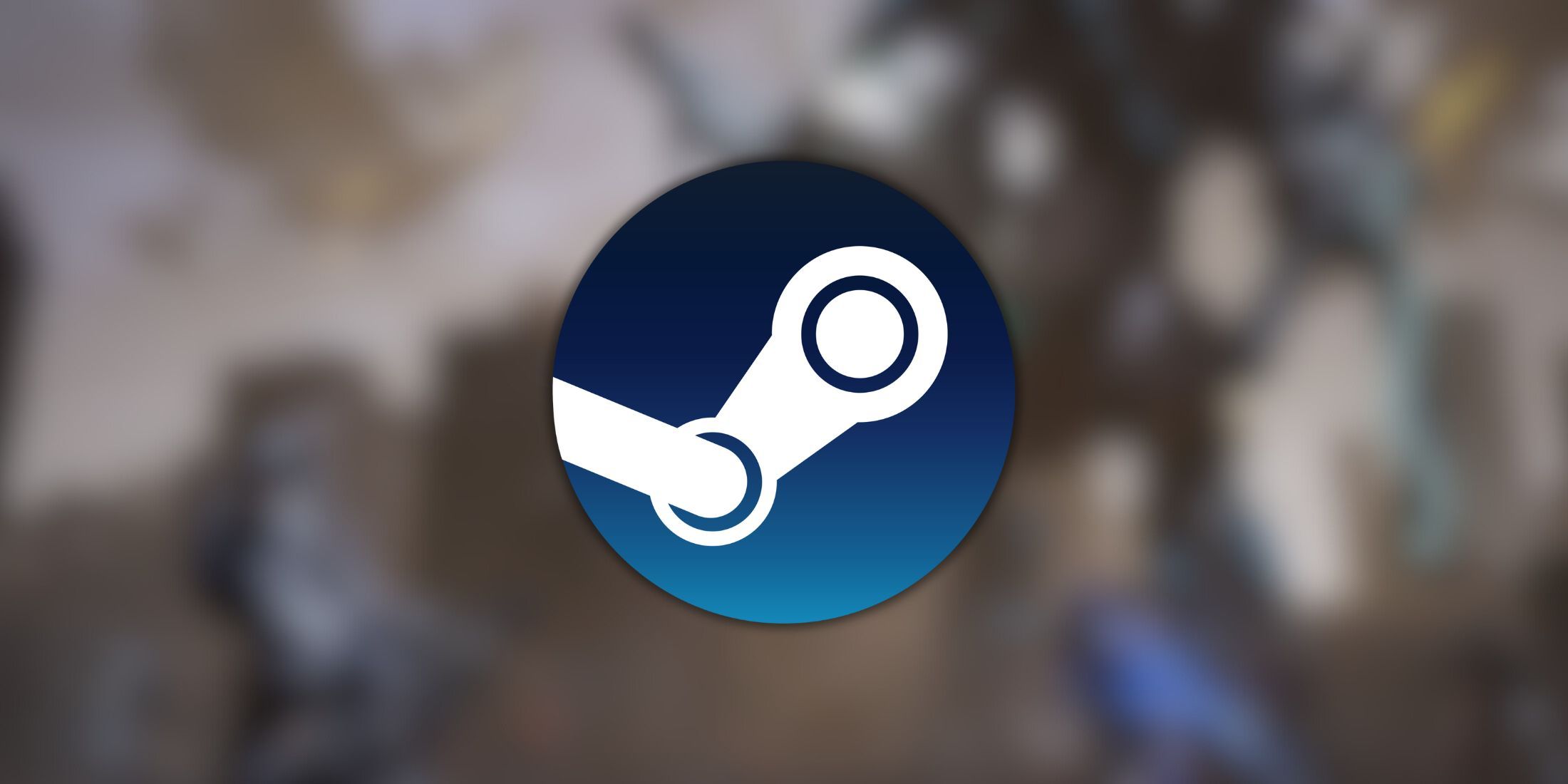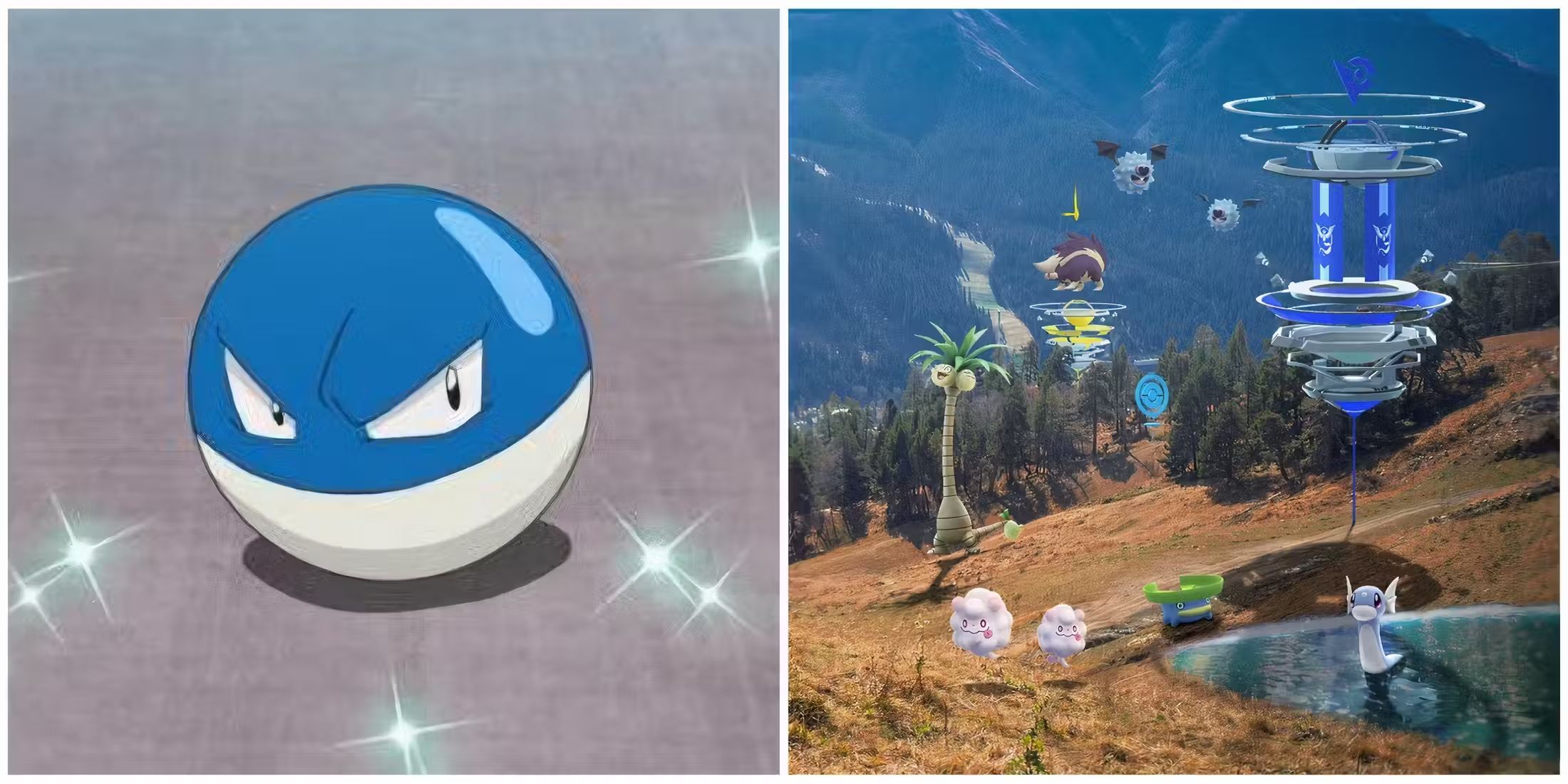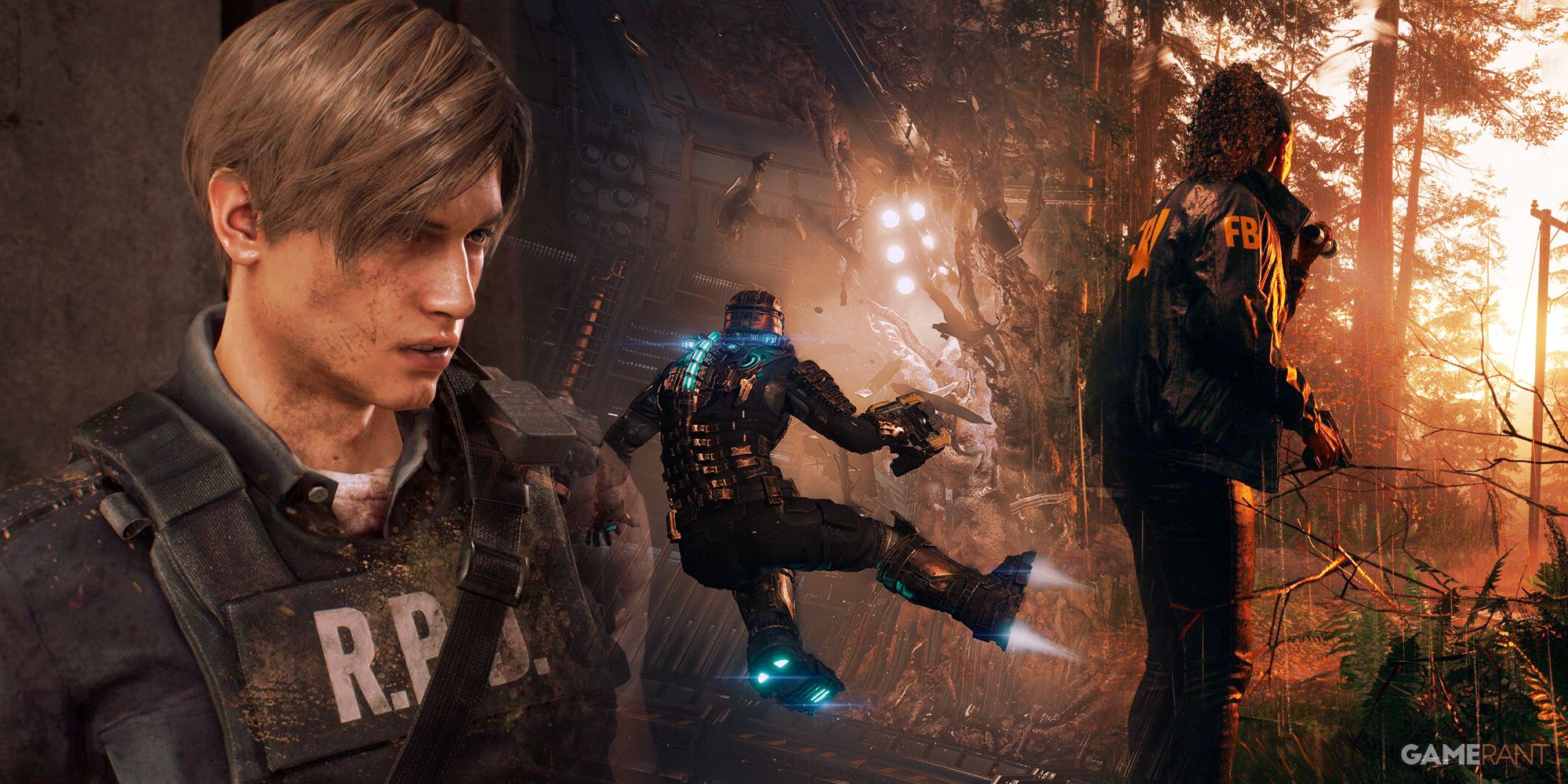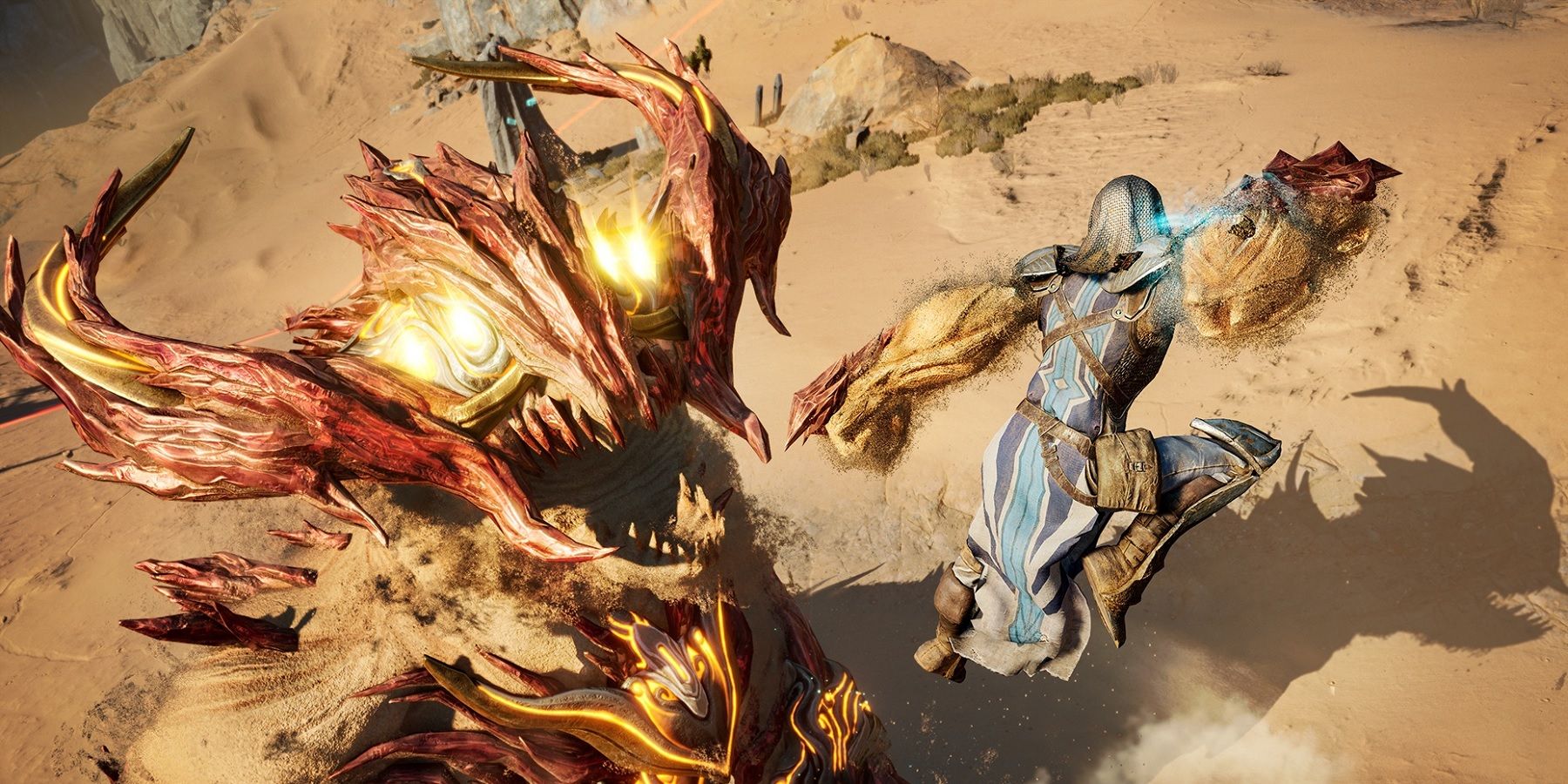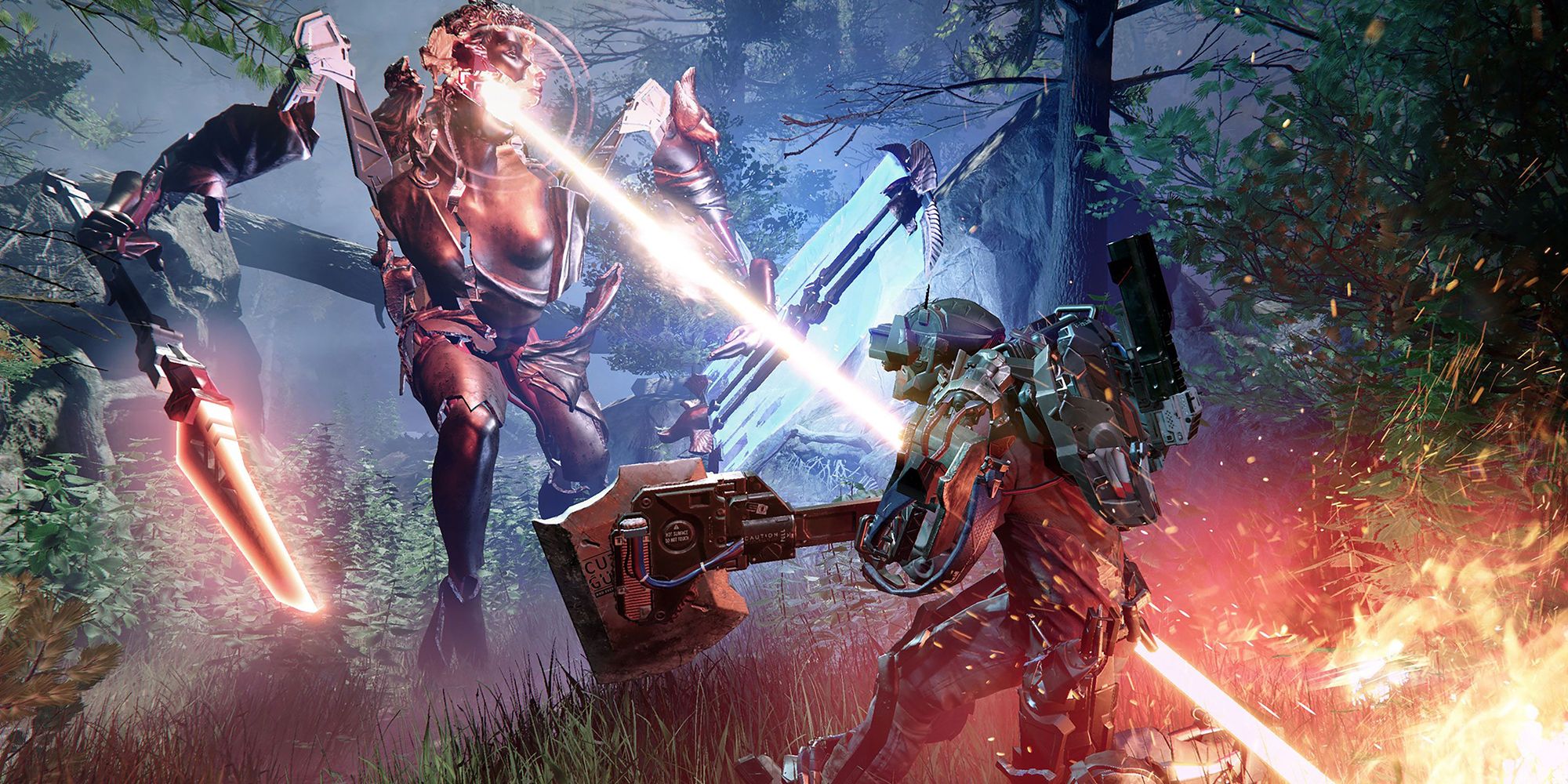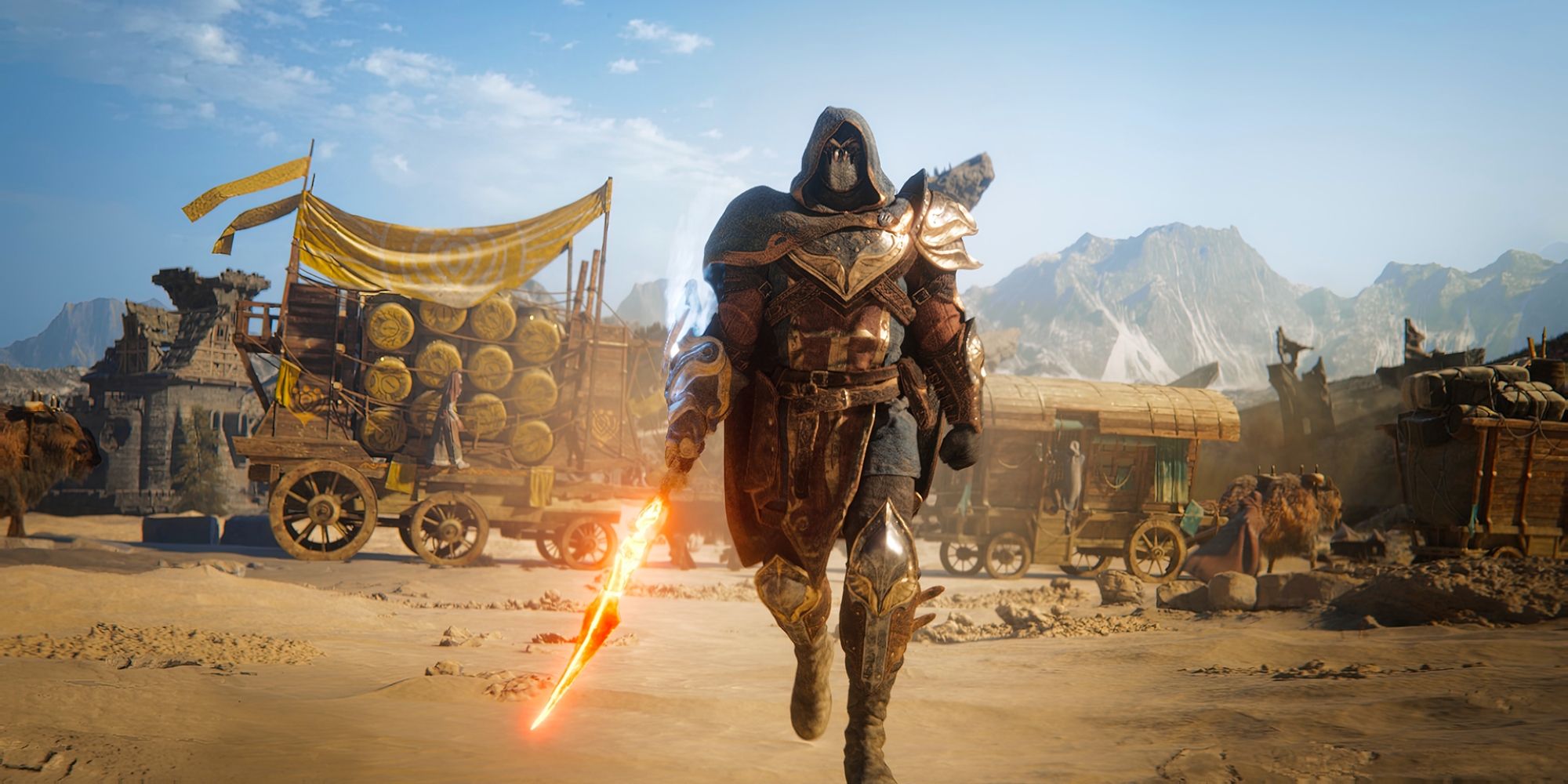Developer Deck13 Interactive has a lot of potential moving forward with the upcoming Atlas Fallen, but careful notice should be taken in respect to some criticisms raised at the company's previous games. Most notable is The Surge franchise of Soulslike titles, which offered unique bends in the genre's formula, while still falling short in one key area across both games.
These critiques towards The Surge mostly come from the variety of enemies available in the first game, and continues to affect the series even through the improvements of the superior sequel. However, the new design philosophy of Atlas Fallen appears to have a chance to rework enemy design in order to offer a wider breadth of opponents to face off against.
The Surge's Lack in Enemy Variety
The Surge is an odd duck in the Souls-like genre, as it launched as one of the first games to mimic the Dark Souls formula, but clearly on a much smaller budget and from a much smaller team. This generally led to a more stripped down experience that borrowed more from Bloodborne than it did from other Soulsborne titles. That stripping down heavily affected the weapon and build variety, but also the variety of enemies that the player faces off against throughout the game.
In the original The Surge, most enemies were some variation of a humanoid enemy who fought similarly to the player character, often even dropping their weapon when dismembered. While there are some examples of more unique enemies, like the three-legged robot dogs, this limitation makes much of the game feel very similar from area to area because the combat fails to evolve as the story progresses. The most notable example of this lack of variety, however, comes from The Surge's bosses; the base game only boasts five, one of which is another humanoid enemy with slightly stronger attacks.
Atlas Fallen's Larger Enemies
With the short gameplay clips that have been shown of Atlas Fallen so far, it would appear that enemy variety might be a larger part of how combat is designed. Aside from the smaller monsters that hide out in Atlas Fallen's sandy landscape, there are also huge enemies that appear to act as the main draw to combat across the desert. These massive enemies have individually targetable body parts and come in a variety of different animal shapes that gives them a wider breadth of encounters available as players explore.
While the regular enemies of Atlas Fallen can also use these more varied designs to help make each area feel unique, this is especially a boon for the boss and mini-boss type encounters. Even The Surge 2's bosses, while more plentiful than in the original, suffer from largely being a variation of a player-type character with a weapon they'll drop after being defeated. So, these more animalistic enemies will be a welcome addition to Deck13's catalog after fighting so many men with swords up until this point.
This also seems to extend to the way that Atlas Fallen has built its much larger world for players to explore, with quick travel across the sand being one of the main selling points of the game. The transition from science fiction to fantasy also appears to come with an entirely new design philosophy for how to build out a much more open game world. Between the new sand traversal in Atlas Fallen and the variety of larger enemies, Deck13 appears to be considering previous criticisms and preparing to give a new experience that improves on the unique style of development in this corner of the Souls-like genre.
Atlas Fallen is set to release August 10, for PC, PS5, and Xbox Series X/S.

